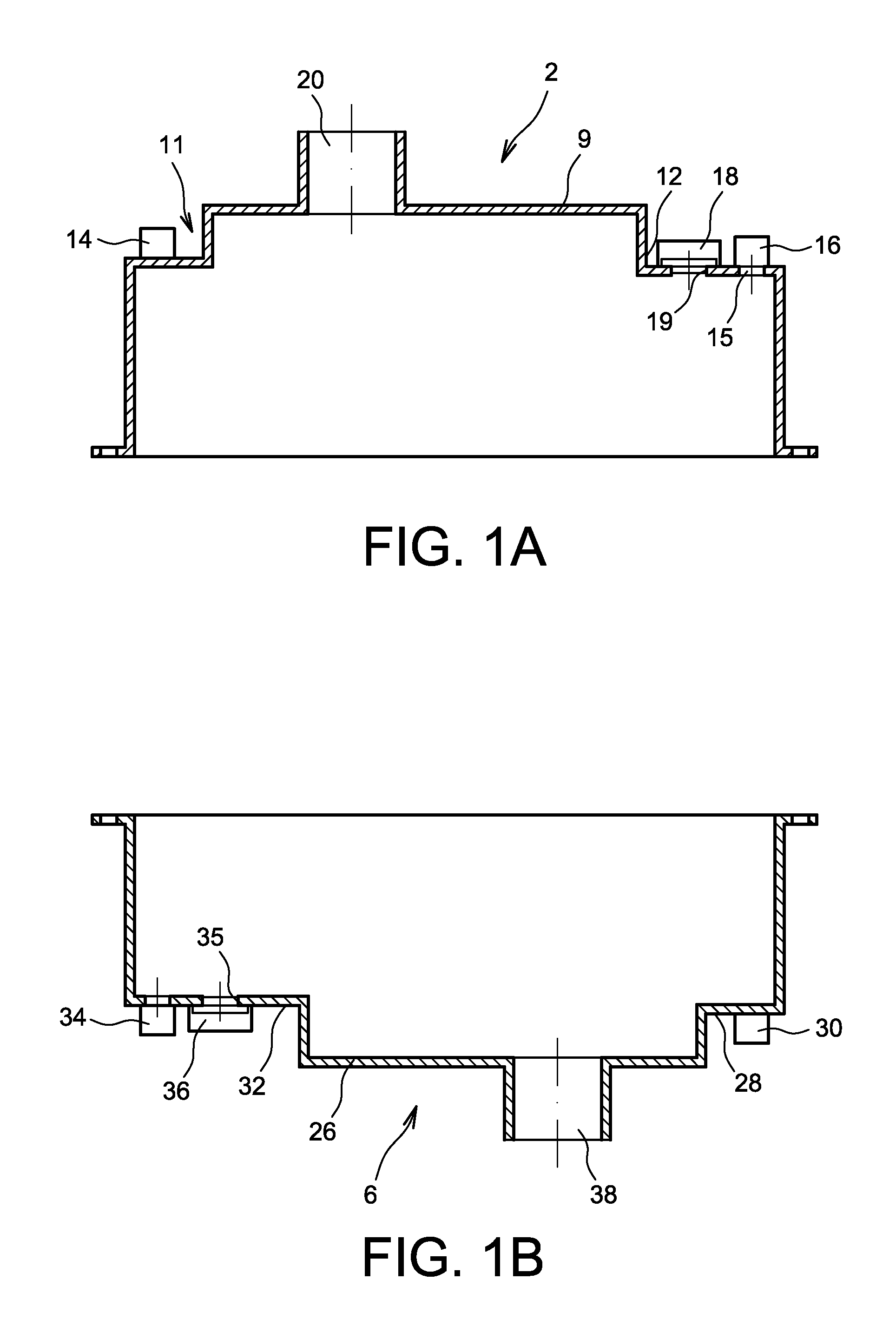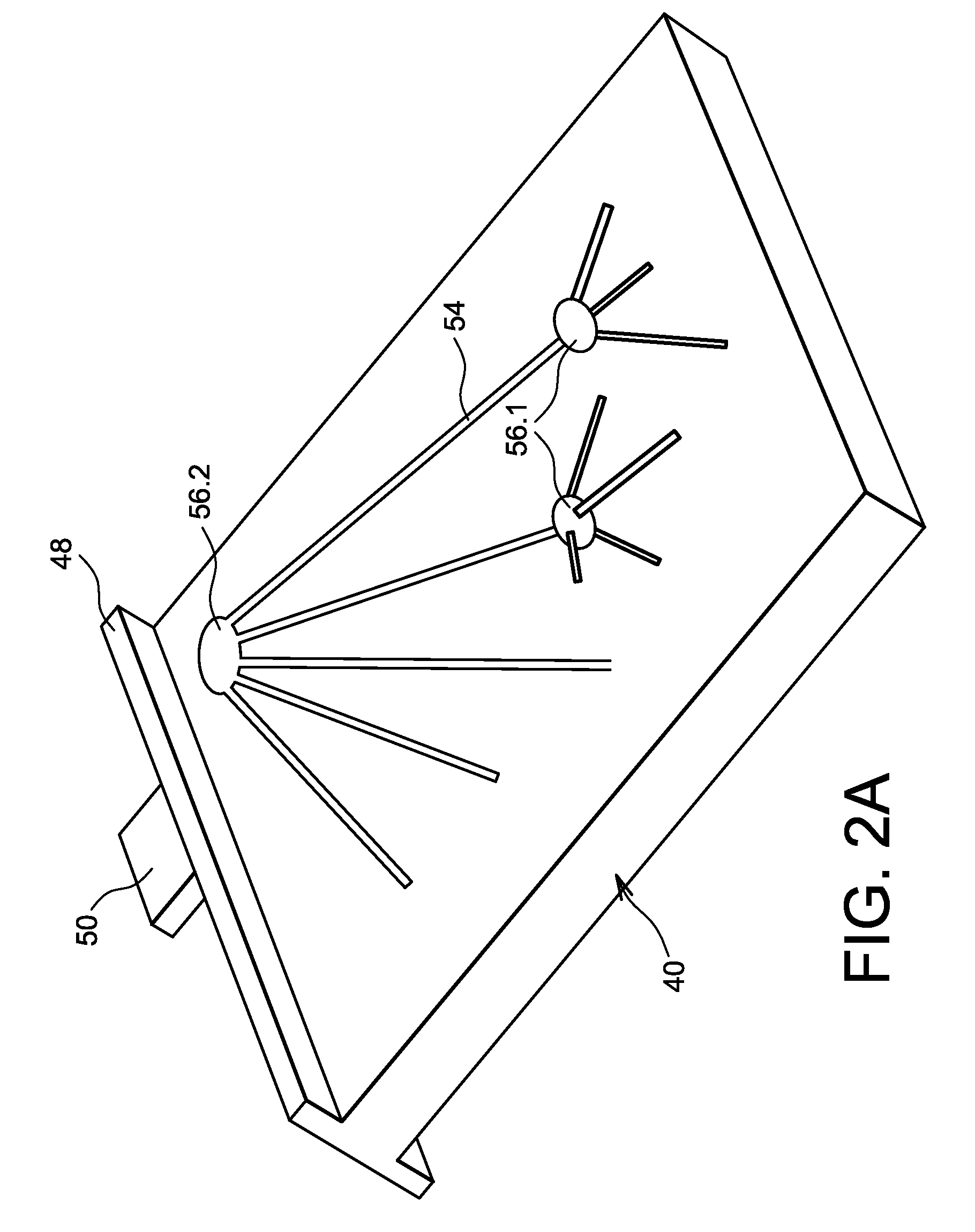High-temperature and high-pressure electrolyser of allothermal operation
an all-othermal operation, high-temperature technology, applied in the field of endothermic electrolyses, can solve the problems of increasing the cost of the whole boiler, and not being able to operate under high pressure,
- Summary
- Abstract
- Description
- Claims
- Application Information
AI Technical Summary
Benefits of technology
Problems solved by technology
Method used
Image
Examples
Embodiment Construction
[0042]The object stated earlier is achieved by an electrolyzer including an integrated heating system. Thus, the electrolyte bath is directly heated in the electrolyzer, which allows limitation of the heat loss and a substantially stable and homogeneous temperature may be provided in the whole bath.
[0043]In other words, heating is directly carried out in the box of the electrolyzer, which simplifies the device and makes the energy supply more efficient.
[0044]By integrating the heating, it is possible to provide the electrolyzer with the amount of heat required for its operation, since the latter is no longer provided by the Joule effect when operating in an endothermic mode with reduced irreversibility terms.
[0045]By applying heating integrated to the electrolyzer, the temperature of all the electrolysis cells may be maintained, with a change in temperature of less than 30° C. between the inlet and the outlet of the electrolyzer and overheating of the hot source by less than 50° C. ...
PUM
| Property | Measurement | Unit |
|---|---|---|
| pressure | aaaaa | aaaaa |
| pressure | aaaaa | aaaaa |
| temperature | aaaaa | aaaaa |
Abstract
Description
Claims
Application Information
 Login to View More
Login to View More - R&D
- Intellectual Property
- Life Sciences
- Materials
- Tech Scout
- Unparalleled Data Quality
- Higher Quality Content
- 60% Fewer Hallucinations
Browse by: Latest US Patents, China's latest patents, Technical Efficacy Thesaurus, Application Domain, Technology Topic, Popular Technical Reports.
© 2025 PatSnap. All rights reserved.Legal|Privacy policy|Modern Slavery Act Transparency Statement|Sitemap|About US| Contact US: help@patsnap.com



